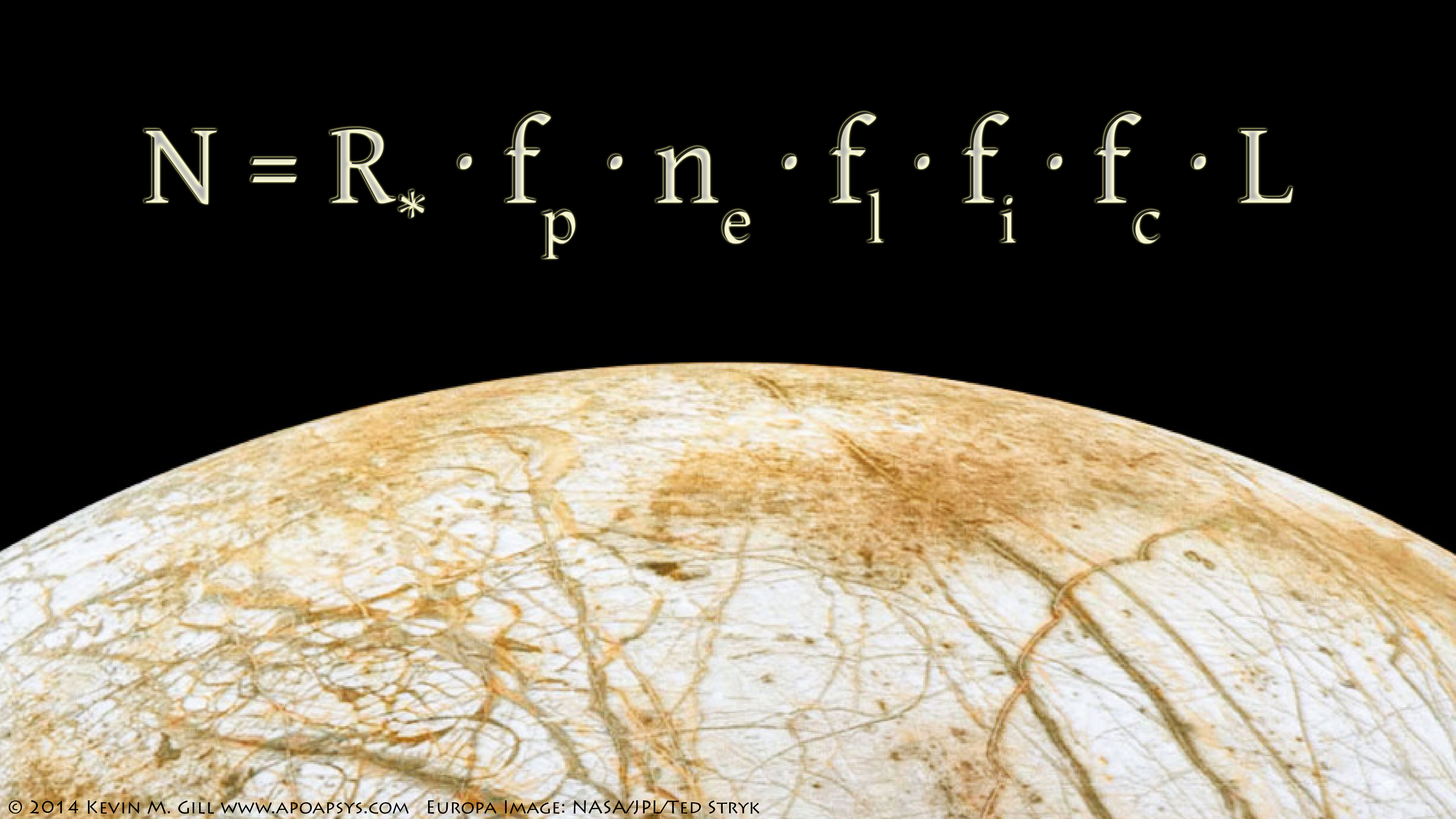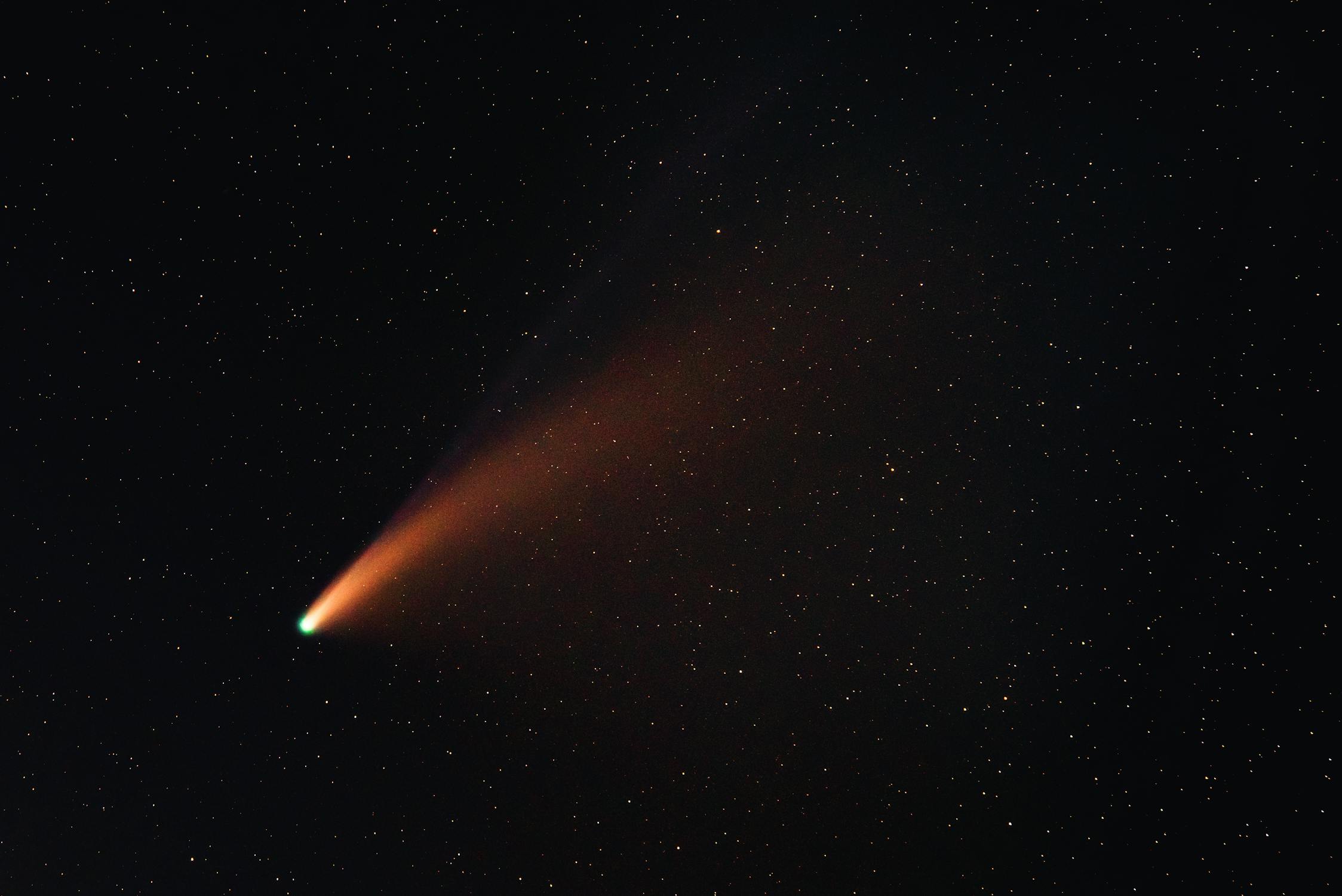Researchers have made a groundbreaking discovery by detecting the cosmic hum of gravitational waves generated by black hole collisions. This marks the first time astronomers have “heard” these waves resonating throughout the universe. The observations have unveiled a range of wave frequencies, including some that slowly ripple through our Milky Way galaxy, oscillating for decades. This finding can potentially enhance our understanding of cosmic phenomena such as supermassive black holes and the frequency at which galaxies merge.
Gravitational waves, initially theorized by Albert Einstein in 1916, are disturbances in the fabric of space-time. They were first observed in 2015. Scientists detected these waves by monitoring pulsars, remnants of massive star cores undergoing supernova explosions. Pulsars emit beams of radio waves in a pulsating manner when observed from Earth-based telescopes. By tracking the timing of radio waves emitted by over 60 pulsars across the Milky Way for 15 years, using radio telescopes including the Arecibo Observatory, the Green Bank Telescope, and the Very Large Array, the researchers discovered that the radio wave timing of pulsars was disrupted when gravitational waves passed between Earth and the pulsars.
The newly detected gravitational waves are the most potent ever recorded and are believed to result from collisions between supermassive black holes. These waves carry approximately a million times more energy than the singular events detected in recent years involving black holes or neutron star mergers. They form part of the gravitational wave background, a low-frequency cosmic noise that has long been postulated but never directly observed. As supermassive black holes collide, these waves reverberate and resonate, creating a celestial chorus. Gravitational waves travel at the speed of light, but their impact can take years or even decades due to the ripple effect in space-time. The researchers anticipate that further exploration of these waves will enable the identification of individual sources, revolutionizing our understanding of the universe’s history.
In addition to the findings presented in this study, published in The Astrophysical Journal Letters, similar results from collaborations across Europe, India, China, and Australia have been reported. Combining data from these international collaborations with the North American Nanohertz Observatory for Gravitational Waves (NANOGrav) will provide a more comprehensive understanding of the gravitational wave background. This ongoing research promises to reveal other secrets about the universe and its cosmic symphony.
References
- Agazie, G., Anumarlapudi, A., Archibald, A. M., Arzoumanian, Z., Baker, P. T., Bécsy, B., Blecha, L., Brazier, A., Brook, P. R., Burke-Spolaor, S., Burnette, R., Case, R., Charisi, M., Chatterjee, S., Chatziioannou, K., Cheeseboro, B. D., Chen, S., Cohen, T., Cordes, J. M., … Collaboration, T. Nanog. (2023). The NANOGrav 15 yr Data Set: Evidence for a Gravitational-wave Background. The Astrophysical Journal Letters, 951(1), L8. https://doi.org/10.3847/2041-8213/acdac6
- Strickland, A. & CNN. (2023, June 29). Astronomers ‘hear’ the celestial choir of gravitational waves for the first time. CNN; CNN. https://www.cnn.com/2023/06/29/world/gravitational-wave-background-study-scn/index.html











